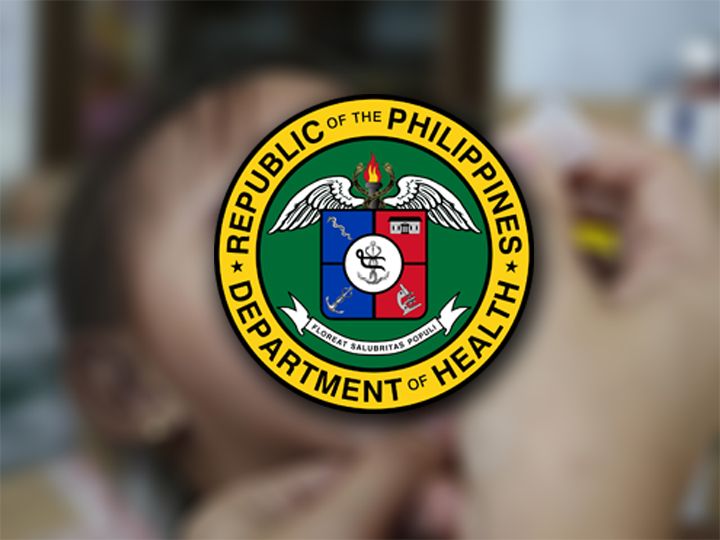Don't ignore dengue symptoms, DOH warns
76,425 dengue cases recorded nationwide, latest data shows
Emphasizing the importance of early detection and prompt medical attention to prevent severe complications, the Department of Health (DOH) on Friday, March 28, warned the public against ignoring dengue symptoms.

In a statement, the DOH noted that a significant percentage of recorded dengue fatalities from Jan. 1 to March 15 had exhibited warning signs, including abdominal pain, bleeding, vomiting, and weakness.
“If symptoms appear, it is crucial to seek medical consultation early at the nearest health center or DOH hospital, where dengue fast lanes are available,” said Health Secretary Teodoro J. Herbosa in Filipino.
He added that PhilHealth provides coverage for necessary medical services, which may even be free at government clinics or hospitals.
As of March 15, DOH data recorded a total of 76,425 dengue cases nationwide, marking a 78 percent increase compared to the 42,822 cases recorded during the same period last year. However, the DOH noted that the case fatality rate (CFR) remained low at less than one percent (CFR: 0.4 percent).
Dengue cases by region
Based on recent DOH data, the regions with the highest number of cases are: Calabarzon with 15,108 cases; National Capital Region with 13,761 cases; and Central Luzon with 12,424 cases
The DOH said that most of the patients are aged 14 and below.
Dengue is a serious illness that can lead to severe complications and even death if left untreated, the Health Department explained. Treatment varies depending on the severity of the case and the patient’s response, it added.
Following President Marcos’ directive, the DOH continues to encourage the public to maintain cleanliness in their surroundings to prevent mosquito breeding.
To strengthen its fight against dengue, the DOH urged people to eliminate stagnant water, where mosquitoes can lay their eggs, through the “Taob, Taktak, Tuyo, Takip” campaign.